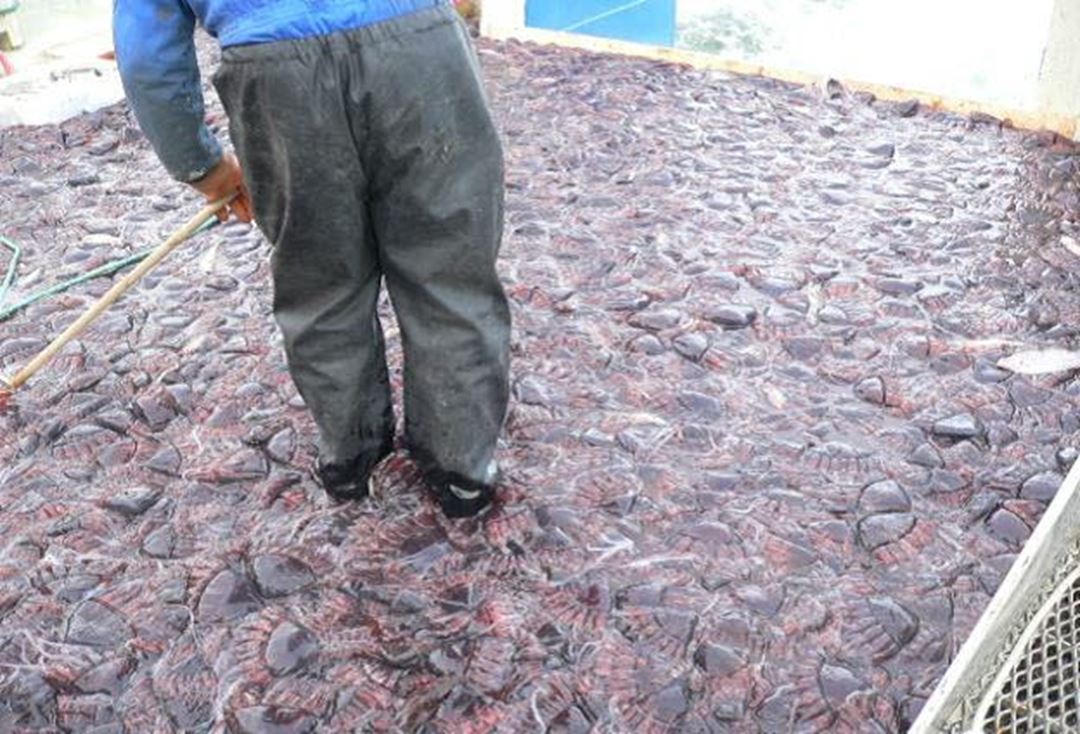The article was first published in http://www.popularsocialscience.com/2013/04/01/the-socio-economic-relevance-of-jellyfish-a-study-by-the-janus-project/
What should we do with jellyfish? What impact do jellyfish have on commercially important species? How should we manage this species in a manner that is rational from both socio-economic and ecological perspectives?
JANUS is a collaborative project between NTNU (The Department of Sociology and Political Science and the Department of Biology) and SINTEF Fisheries and Aquaculture (SINTEF F & H). It started in the fall of 2012 and will run until the middle of 2015.
This project examines the interaction between the socio-economic system and the marine ecosystem by focusing on this serious problem in several Norwegian fjords including the Trondheimsfjord. Periphylla competes effectively with commercial fish species for a wide variety of pelagic organisms including redfeed (Calanus finmarchicus), a key species in the coastal ecosystem and a particularly important food item for almost all commercial fishes in Norwegian waters. Redfeed is also of potentially great importance to the aquaculture industry in Norway. Now, Periphylla is filling the niche of top predator in the Trondheimsfjord.
A valuable new resource
But Periphylla could also be a potentially valuable new resource in Norwegian waters. There may be a market for this species, for example as a source of collagen for the cosmetics and pharmaceutical industry. Thus it could be a new source of income for fjord and coastal communities in mid Norway and elsewhere. Should this species be treated as a nuisance or a resource?
By using an established ecosystem model (SINMOD), developing interdisciplinary models, incorporating stakeholder input and focusing on a single policy question (Periphylla-redfeed management), this project will develop an interdisciplinary (bio-economic) model for these species and move towards creation of a decision support tool to help the fisheries manager to make rational choices based on both ecological and socio-economic criteria.
An integral part of the process will be the assessment of the adaptive capacity of local communities in the Trondheimsfjord region relative to ecosystem changes induced by the jellyfish invasions: The SINMOD model will also provide scenarios of ecological responses integrating socio-economical stakeholder input.
The goal of this project is to identify and study plausible future scenarios that will alert managers and stakeholders to the possible impact of various management options on key socio-ecological variables. To achieve this, the project stresses cross-disciplinary work and governance issues, with stakeholder involvement as a vital ingredient.
It will draw upon cutting edge techniques for interaction with stakeholders, with building general knowledge as an important product of the project. The project employs participatory stakeholder model-building methodologies in order to capture stakeholder input. Using the “Systems Thinking” methodology, the workshop leader helps stakeholders create a collective mental maps of their understanding of their socio-ecological system.
The Bayesian Belief Network methodology is then used to generate scenarios and rank their probability. Together, these methodologies allow researchers to identify key leverage points in the system. These provide managers with key insights into management possibilities.
It will also lay the groundwork for developing an Early Warning System (EWS) that would help managers anticipate significant problems.

